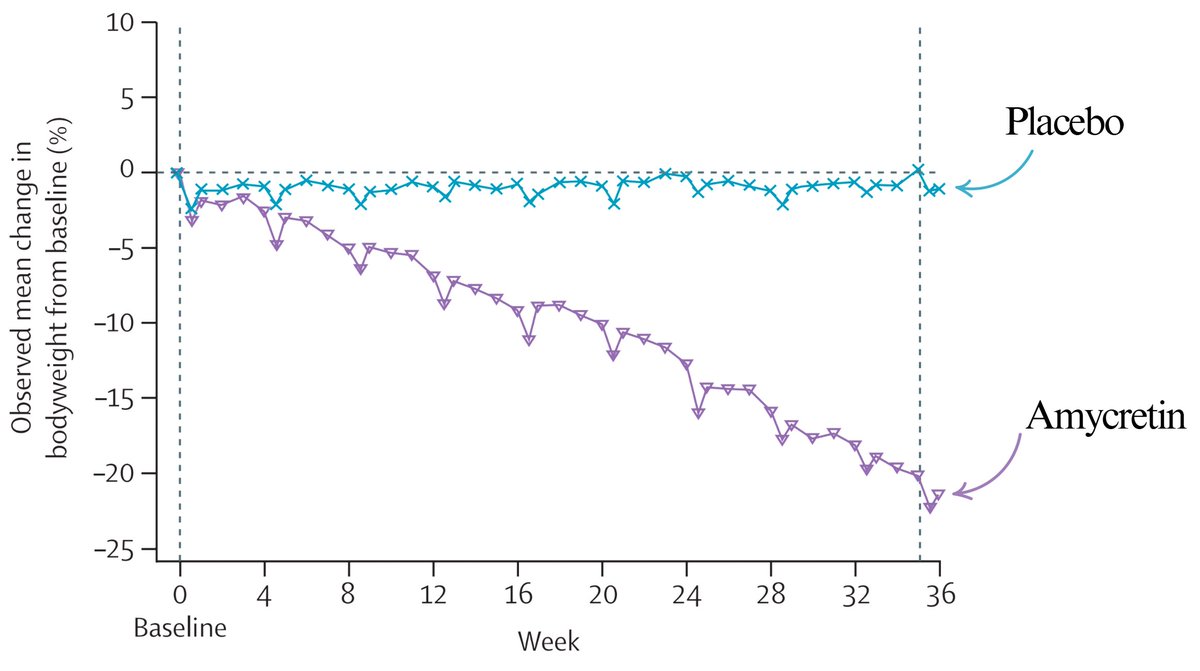
How to get URL link on X (Twitter) App


 2. Bone marrow transplant treats a fatal disease
2. Bone marrow transplant treats a fatal disease

 2. Specific targeting of chronic inflammation
2. Specific targeting of chronic inflammation

 This is the first human study of its kind
This is the first human study of its kind
 Both GLP1 and amylin slow gastric emptying, reduce glucose spikes, and signal satiety
Both GLP1 and amylin slow gastric emptying, reduce glucose spikes, and signal satiety
 In the second big trial (in men, in 7 countries: United States, Brazil, Thailand, South Africa, Peru, Argentina, and Mexico) its efficacy was >95%
In the second big trial (in men, in 7 countries: United States, Brazil, Thailand, South Africa, Peru, Argentina, and Mexico) its efficacy was >95%

 It turns out that the GLP1 receptor is expressed within the knee joint
It turns out that the GLP1 receptor is expressed within the knee joint

 2. Long-term follow-up for a haemophilia B gene therapy
2. Long-term follow-up for a haemophilia B gene therapy

 2. A placebo inhaler improves subjective symptoms in asthma - even though it has no effect on objective lung function
2. A placebo inhaler improves subjective symptoms in asthma - even though it has no effect on objective lung function

 Patients had surgery to remove colon cancer followed by chemotherapy, and were then randomized either to a structured exercise program or health advice alone
Patients had surgery to remove colon cancer followed by chemotherapy, and were then randomized either to a structured exercise program or health advice alone

 1. The first ever bespoke CRISPR therapy
1. The first ever bespoke CRISPR therapy

 1. A new first-line option for liver cancer
1. A new first-line option for liver cancer

 2. HPV vaccination to prevent cervical cancer
2. HPV vaccination to prevent cervical cancer

 Gepotidacin's pre-clinical discovery was reported (in Nature) in 2010
Gepotidacin's pre-clinical discovery was reported (in Nature) in 2010

 2. GLP1s might protect against dementia in people with type 2 diabetes
2. GLP1s might protect against dementia in people with type 2 diabetes

 2. An AI tool improves survival in hospitals
2. An AI tool improves survival in hospitals

 2. Year-long HIV protection in one dose
2. Year-long HIV protection in one dose

 2. A new antibiotic with a unique mode-of-action
2. A new antibiotic with a unique mode-of-action

 2. The first large randomised trial of automated insulin in type 2 diabetes
2. The first large randomised trial of automated insulin in type 2 diabetes

 2. High dose vitamin D helps in early multiple sclerosis (MS)
2. High dose vitamin D helps in early multiple sclerosis (MS)

 2. The first phase 3 trial of Ivonescimab vs. Pembrolizumab in non-small cell lung cancer (NSCLC)
2. The first phase 3 trial of Ivonescimab vs. Pembrolizumab in non-small cell lung cancer (NSCLC)

 2. The blood-brain barrier (the BBB) breaks down as we get older – how does that happen?
2. The blood-brain barrier (the BBB) breaks down as we get older – how does that happen?